Home>Garden Essentials>How Do You Get Seeds From Carrots
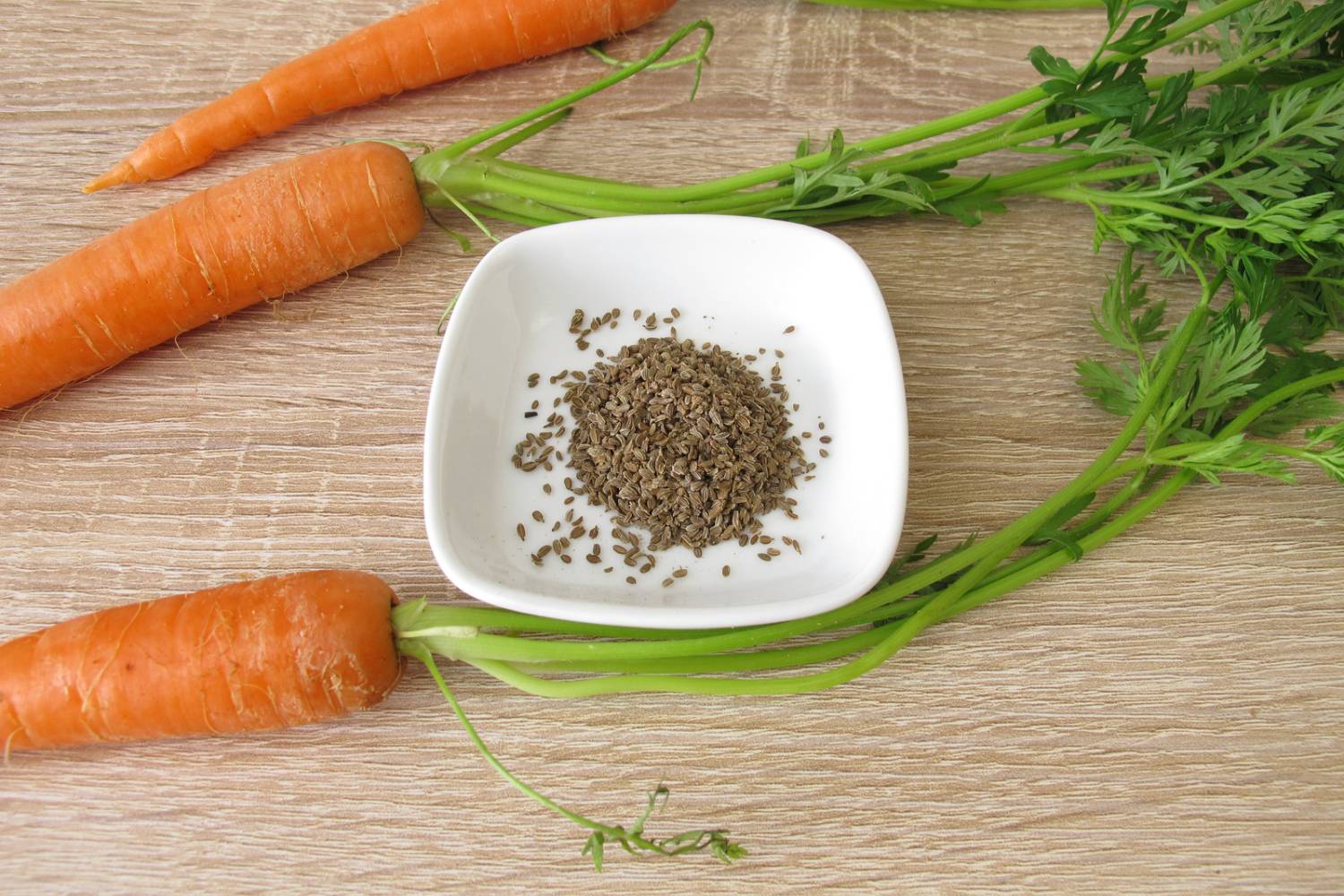

Garden Essentials
How Do You Get Seeds From Carrots
Modified: March 24, 2024
Learn how to get garden seeds from carrots and start growing your own vegetable garden. Follow these simple steps to harvest and save carrot seeds.
(Many of the links in this article redirect to a specific reviewed product. Your purchase of these products through affiliate links helps to generate commission for Storables.com, at no extra cost. Learn more)
Introduction
Welcome to the world of gardening, where the joy of growing your own vegetables is met with the satisfaction of harvesting and enjoying the fruits of your labor. One vegetable that often takes center stage in many vegetable gardens is the humble carrot. With its vibrant color, sweet flavor, and versatility in the kitchen, carrots are a staple in many households.
But have you ever wondered how to take your carrot-growing skills to the next level? How about saving and collecting your own carrot seeds? Not only does seed saving allow you to continue growing your favorite carrot varieties year after year, but it also empowers you with the knowledge and control over your own food supply.
In this article, we will explore the importance of saving seeds from carrots, delve into the anatomy and formation of carrot seeds, and provide you with a step-by-step guide on how to get seeds from your very own carrot plants. So put on your gardening gloves and let’s embark on this seed-saving journey together!
Key Takeaways:
- Save seeds from carrots to preserve diverse varieties, reduce costs, and adapt to local conditions. Follow the step-by-step guide for successful seed harvesting and storage.
- Harvest mature carrot plants, clean and process the seeds, and store them properly for future use. Follow tips for successful seed saving and enjoy the rewarding journey!
Read more: How Many Carrots Do You Get From One Seed
Importance of Saving Seeds from Carrots
Saving seeds from your carrots offers a multitude of benefits that go beyond just the satisfaction of growing your own food. Here are a few reasons why you should consider saving seeds from your carrots:
- Variety preservation: By saving and growing your own carrot seeds, you can help preserve heirloom and rare varieties that may not be easily accessible in commercial seed catalogs. This ensures the continued availability of diverse carrot varieties for future generations.
- Cost savings: Buying seeds every year can add up, especially if you have a large garden. By saving seeds from your own carrots, you can reduce your gardening expenses and invest those savings in other aspects of your garden.
- Adaptation to local conditions: When you save seeds from your own carrots, you are essentially selecting for plants that are well-adapted to your specific growing conditions. Over time, these plants can develop characteristics that help them thrive in your local climate, soil, and pest conditions.
- Preservation of unique traits: Carrot varieties can have distinct characteristics such as flavor, color, shape, and texture. By saving seeds, you can preserve these unique traits and consistently grow carrots that possess these desired qualities.
- Sustainability and self-sufficiency: Seed saving is a sustainable practice that promotes self-sufficiency in gardening. By saving seeds from your carrots, you reduce dependence on external seed sources and become more resilient in the face of changing circumstances.
As you can see, saving seeds from your carrots is about more than just growing vegetables. It is an act of preserving biodiversity, reducing expenses, fostering adaptation, and embracing sustainability. Now that we understand the importance, let’s delve into the anatomy and formation of carrot seeds.
Carrot Seed Anatomy and Formation
To truly appreciate the process of seed saving from carrots, it’s helpful to understand the anatomy and formation of carrot seeds.
Carrot seeds are tiny, oblong, and vary in color depending on the specific variety. They are encased within the dried flower head, commonly referred to as the seed head. This seed head forms and matures at the top of the carrot plant, where the flowers bloom and eventually turn into seed pods.
Carrots are biennial plants, meaning they have a two-year life cycle. In the first year, the plant focuses on growing lush foliage and developing a large, nutritious root. During this vegetative stage, the carrot stores energy in its taproot as carbohydrates.
In the second year, the carrot plant transitions to the reproductive stage. It sends up a tall flower stalk, topped with an umbrella-shaped cluster of small, white or yellow flowers. These flowers serve as a magnet for pollinators, such as bees and butterflies, which transfer pollen from the male anthers to the female stigmas.
Once pollination occurs, the flowers begin to wither and the seed heads start to form. Each flower head contains many tiny, oval-shaped seeds. As the seed heads mature, they gradually dry out and turn brown, indicating that the seeds are fully developed and ready for harvest.
It’s important to note that carrot plants can cross-pollinate with other carrot varieties, resulting in hybridization. This can potentially affect the characteristics of the saved seeds, so it’s best to either isolate your carrot varieties or choose only one variety to save seeds from each growing season.
Now that we have a basic understanding of carrot seed anatomy and formation, let’s move on to the exciting part: learning how to get seeds from your own carrot plants!
Step-by-Step Guide to Getting Seeds from Carrots
Ready to start saving seeds from your carrots? Follow this step-by-step guide to ensure success:
- Choose the right carrot variety: Select a carrot variety that has desirable characteristics and suits your growing conditions. Look for open-pollinated or heirloom varieties that are more likely to produce true-to-type seeds.
- Allow the carrot plants to bolt: Carrots need to go through their second-year reproductive stage to produce seeds. This means allowing the plants to bolt by leaving them in the ground throughout the winter or intentionally overwintering them.
- Observe the flowering stage: As the second year progresses, your carrot plants will go through the flowering stage. Take note of when the flowers begin to fade and the seed heads form. This is an indication that the seeds are developing.
- Monitor seed head maturity: Watch closely as the seed heads dry out and turn brown. Once the seed heads are fully dry and the seeds are easily released when shaken, it’s time to harvest them.
- Harvest the seed heads: Carefully cut the seed heads from the carrot plant using clean, sharp scissors or pruners. Place them in a paper bag or a container to catch any loose seeds that may fall during handling.
- Thresh and clean the seeds: Once you have collected the seed heads, gently rub them between your fingers or use a clean cloth to remove the seeds from the dried flower heads. Shake the seed heads over a bowl or tray to separate any remaining debris.
- Allow the seeds to dry: Spread the extracted seeds in a single layer on a clean, dry surface. Leave them to air dry in a cool and well-ventilated area for about a week. Avoid exposing the seeds to direct sunlight or excessive moisture during this drying process.
- Store the seeds: Once the carrot seeds are thoroughly dry, transfer them to airtight containers such as glass jars or resealable plastic bags. Label the containers with the variety and date of harvest. Store the seeds in a cool, dry place away from temperature fluctuations and direct sunlight.
Remember, saving seeds from your own carrots requires patience and observation. Make sure to choose healthy and vigorous carrot plants for seed saving, as this will increase the chances of producing robust and high-quality seeds. With practice and experience, you’ll become more adept at recognizing the ideal time for seed harvest.
Now that you know how to get seeds from your carrots, let’s move on to the next step in the seed-saving process: cleaning and processing the carrot seeds.
Harvesting Mature Carrot Plants
Before you can start the process of harvesting carrot seeds, it’s important to ensure that your carrot plants have reached maturity. Harvesting mature carrot plants at the right time will ensure that the seeds are fully developed and viable. Here are some signs to look for when determining if your carrots are ready to be harvested for seed saving:
- Growth time: Most carrot varieties take anywhere from 60 to 90 days to reach maturity. Check the seed packet or variety information for the estimated days to maturity, and track the time since sowing the seeds.
- Root size and shape: Mature carrots will have developed a sizable root, typically around 6 to 8 inches in length, depending on the variety. The root should also have a uniform shape without deformities or cracks.
- Color: Carrots often come in various colors, from orange to purple to white. The mature carrots should exhibit their characteristic color, indicating that they have reached their full potential in terms of sweetness and flavor.
- Loosened soil: Gently dig around the base of a carrot plant and assess the soil conditions. Mature carrots should be relatively easy to pull out of the ground with minimal resistance, indicating that the soil is loose and the carrots are mature enough to be harvested.
- Taste test: For a final confirmation, give one of the mature carrots a taste test. If it exhibits the desired sweetness and flavor, it’s a good indication that the plant is ready for seed extraction.
Once you have confirmed that your carrot plants are mature, you can proceed to harvest them for seed saving. Carefully dig around the base of the plants to loosen the soil, taking care not to damage the roots. Gently pull out the mature carrot plants, and gently shake off any excess soil.
After harvesting, it’s important to clean and process the carrot seeds to ensure their quality. Let’s explore the next steps in the seed-saving process.
To get seeds from carrots, allow a few plants to overwinter. In the second year, they will produce flowers and seeds. Harvest the seeds when they turn brown and dry.
Read more: When Do You Plant Carrot Seeds
Cleaning and Processing Carrot Seeds
After harvesting mature carrot plants for seed saving, it’s important to properly clean and process the seeds to ensure their quality and viability. Follow these steps to clean and process your carrot seeds:
- Removing debris: Begin by gently brushing off any dirt or debris from the harvested carrot plants. Use your hands or a soft brush to remove any loose soil, leaves, or other plant matter.
- Threshing: Threshing is the process of separating the seeds from the remaining plant material. Place the harvested carrot seed heads in a clean cloth or paper bag. Use your hands or a wooden stick to gently crush or rub the seed heads, allowing the seeds to fall out.
- Sieve and winnow: Next, use a fine-mesh sieve to separate the larger plant debris from the seeds. Gently shake the sieve or use your fingers to separate the seeds from any remaining small stems or flower parts. Discard the debris, keeping only the seeds.
- Cleaning: To further clean and remove any remaining debris or chaff, you can use the winnowing method. Hold a fine-mesh sieve or a shallow tray, and pour the seeds back and forth between two containers. As you pour, the lighter chaff and debris will be carried away by the airflow, leaving behind the clean seeds.
- Drying: Once the seeds are clean, spread them out in a single layer on a clean, dry surface. Allow them to air dry in a cool and well-ventilated area for about a week. Ensure that the seeds are completely dry before proceeding to the next step, as any remaining moisture can lead to mold or spoilage.
- Labeling and storage: Once the carrot seeds are thoroughly dry, transfer them to labeled containers such as glass jars or paper envelopes. Label the containers with the variety and date of harvest. Store the seeds in a cool, dry place away from direct sunlight and temperature fluctuations.
By following these cleaning and processing steps, you are ensuring that your carrot seeds are free from debris and are in the best condition for long-term storage. Properly cleaned and stored carrot seeds can retain their viability for several years, allowing you to continue growing your favorite carrot varieties.
Now that your carrot seeds are clean and ready for storage, let’s discuss some tips for successful seed saving from carrots.
Storing Carrot Seeds for Future Use
Proper storage is crucial to maintain the viability of carrot seeds for future use. Here are some tips to ensure the longevity of your carrot seeds:
- Dry seeds completely: Before storing, make sure the carrot seeds are thoroughly dry. Any remaining moisture can lead to mold or premature germination. Allow the seeds to air dry for at least a week before storage.
- Use airtight containers: Transfer the dried carrot seeds into airtight containers such as glass jars or resealable plastic bags. This helps protect the seeds from moisture and pests. Be sure to label the containers with the variety and date of harvest for easy reference.
- Choose the right storage location: Find a cool, dry, and dark place to store your carrot seeds. Fluctuating temperatures and exposure to light can reduce seed viability over time. Aim for a storage temperature of around 40-50°F (4-10°C).
- Avoid humidity: Moisture is the enemy of seed storage. Avoid storing carrot seeds in areas with high humidity, such as basements or unventilated spaces. Moisture can cause seeds to deteriorate or develop mold, rendering them nonviable.
- Monitor seed viability: Periodically check the stored carrot seeds for viability. Every few years, conduct a germination test by planting a small batch of seeds to see how many successfully sprout. If germination rates decline significantly, it may be time to refresh your seed stock.
- Rotate your seed stock: To maintain genetic diversity and prevent seeds from becoming too old, consider practicing seed rotation. Use the oldest seeds first and replenish your seed collection annually or every few years with fresh seeds.
Following these storage tips will help ensure that your carrot seeds remain viable for several years, allowing you to continue growing healthy and flavorful carrots in your garden.
Now that you are equipped with the knowledge of storing carrot seeds, let’s explore some additional tips for successful seed saving from carrots.
Tips for Successful Seed Saving from Carrots
When it comes to seed saving from carrots, there are a few additional tips that can increase your chances of success. Consider the following tips:
- Isolate varieties: Carrots are known to cross-pollinate with other carrot varieties, which can result in hybridized seeds. If you intend to save seeds from a specific carrot variety, ensure that different carrot varieties are grown far apart (at least half a mile) or use physical barriers like row covers to prevent cross-pollination.
- Select healthy plants: Choose the healthiest and most robust carrot plants for seed saving. Plants that are disease-resistant, have strong growth, and produce high-quality carrots are more likely to produce seeds with desirable traits.
- Prolong seed maturity: To allow the carrot seeds to fully mature and develop, consider leaving a few plants unharvested for an extended period in the second year. This will ensure that the seeds have enough time to reach their maximum viability.
- Practice selective harvesting: If you want to save seeds from only a few carrot plants, avoid harvesting all the carrots from those specific plants. This allows the plants to focus their energy on producing seeds rather than putting energy into producing a fully developed root.
- Inspect for pests and diseases: Before selecting plants for seed saving, carefully inspect them for signs of pests or diseases. Avoid saving seeds from plants that show signs of damage, as it can impact the quality and viability of the seeds.
- Expand your seed-saving efforts: Don’t limit yourself to saving seeds from just one or two carrot plants. If you have the space, diversity, and time, try saving seeds from multiple carrot plants. This will help maintain genetic diversity and increase your chances of obtaining seeds with desired traits.
- Document and track seed characteristics: Keep a journal or record of the traits and characteristics you observe in your saved carrot seeds. Note any variations, such as size, color, or flavor, to help guide your future seed-saving endeavors.
- Learn from experienced seed savers: Connect with local gardening communities, join online forums, or attend seed-saving workshops to learn from experienced seed savers. They can provide valuable insights, techniques, and guidance to enhance your seed-saving skills.
By following these tips, you’ll increase your chances of successfully saving high-quality carrot seeds and maintaining the desired traits in your carrot varieties.
Congratulations! You now have a comprehensive understanding of the seed-saving process from carrots. With these tips and techniques, you can embark on a rewarding journey of saving and growing your own carrot seeds year after year.
Now it’s time to roll up your sleeves, get out into the garden, and start saving those carrot seeds!
Happy seed saving!
Conclusion
Seed saving from carrots is a rewarding and empowering practice that allows you to take control of your own food supply, preserve heirloom varieties, and foster sustainability in gardening. By understanding the importance of saving seeds from carrots and following the step-by-step guide provided, you can successfully harvest and process carrot seeds for future use.
From the anatomy and formation of carrot seeds to the harvesting and cleaning process, every step plays a crucial role in ensuring the quality and viability of the seeds. By selecting healthy plants, practicing selective harvesting, and properly cleaning and storing the seeds, you enhance the chances of growing carrots with desired traits and maintaining genetic diversity.
Remember to document your seed-saving journey and learn from experienced seed savers to further refine your skills. Building a vibrant network of gardeners and seed savers can provide valuable insights and support along your seed-saving adventure.
As you continue to explore the world of seed saving, don’t limit yourself to just carrots. Expand your seed-saving repertoire to include other vegetables and fruits, furthering your commitment to preserving biodiversity and self-sufficiency.
So, whether you’re a seasoned gardener or just starting out, try your hand at seed saving from carrots. Not only will you enjoy the satisfaction of growing your own food, but you’ll also become an integral part of the beautiful cycle of plant life, from seed to harvest and back to seed again.
Wishing you bountiful harvests and successful seed-saving endeavors in your garden!
Frequently Asked Questions about How Do You Get Seeds From Carrots
Was this page helpful?
At Storables.com, we guarantee accurate and reliable information. Our content, validated by Expert Board Contributors, is crafted following stringent Editorial Policies. We're committed to providing you with well-researched, expert-backed insights for all your informational needs.
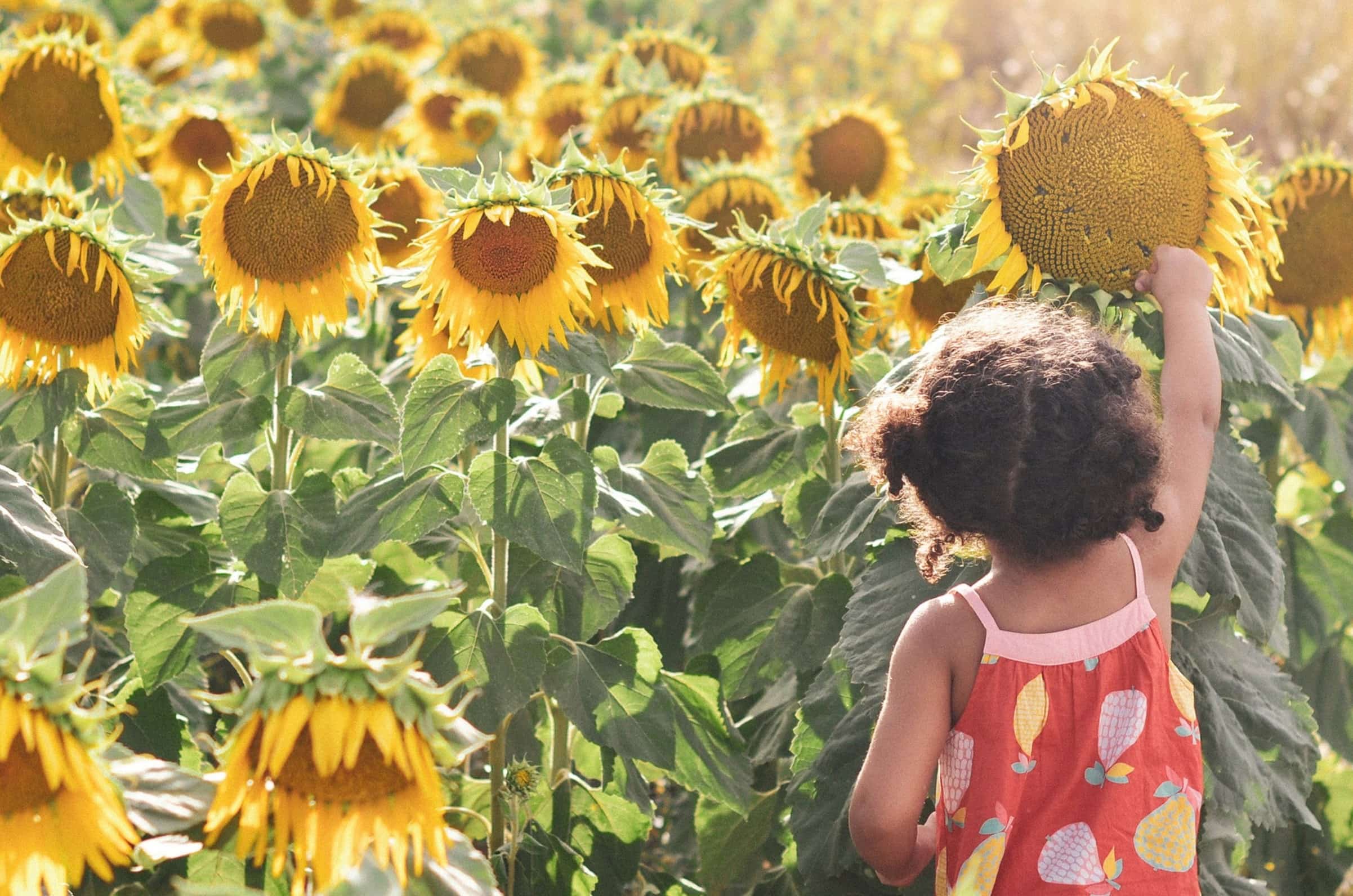
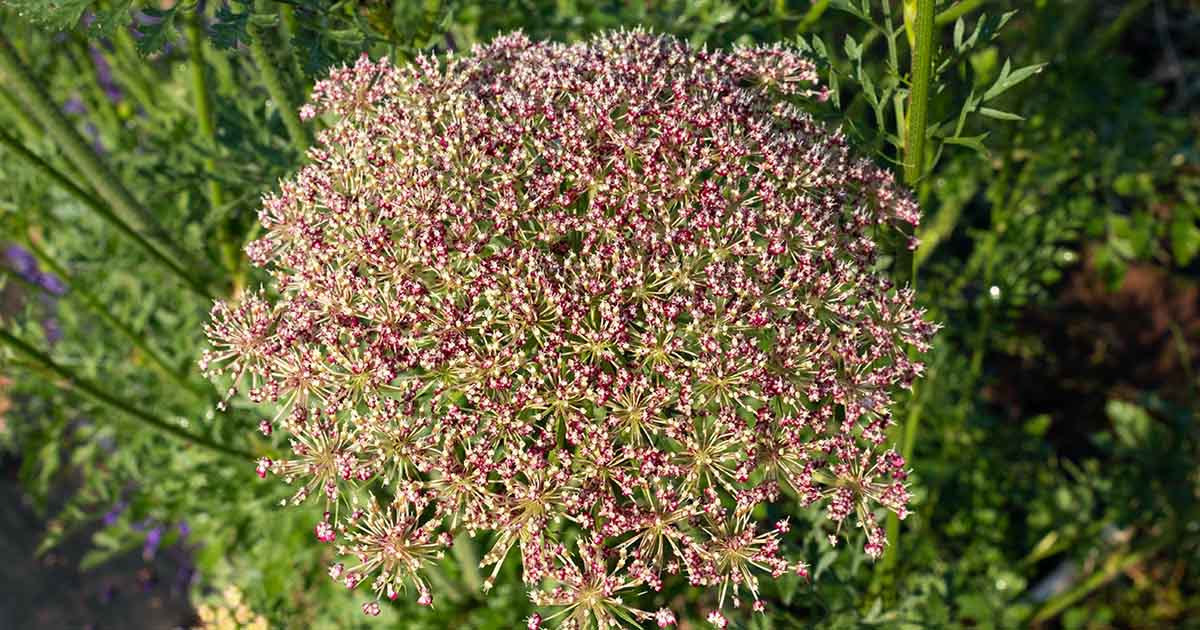
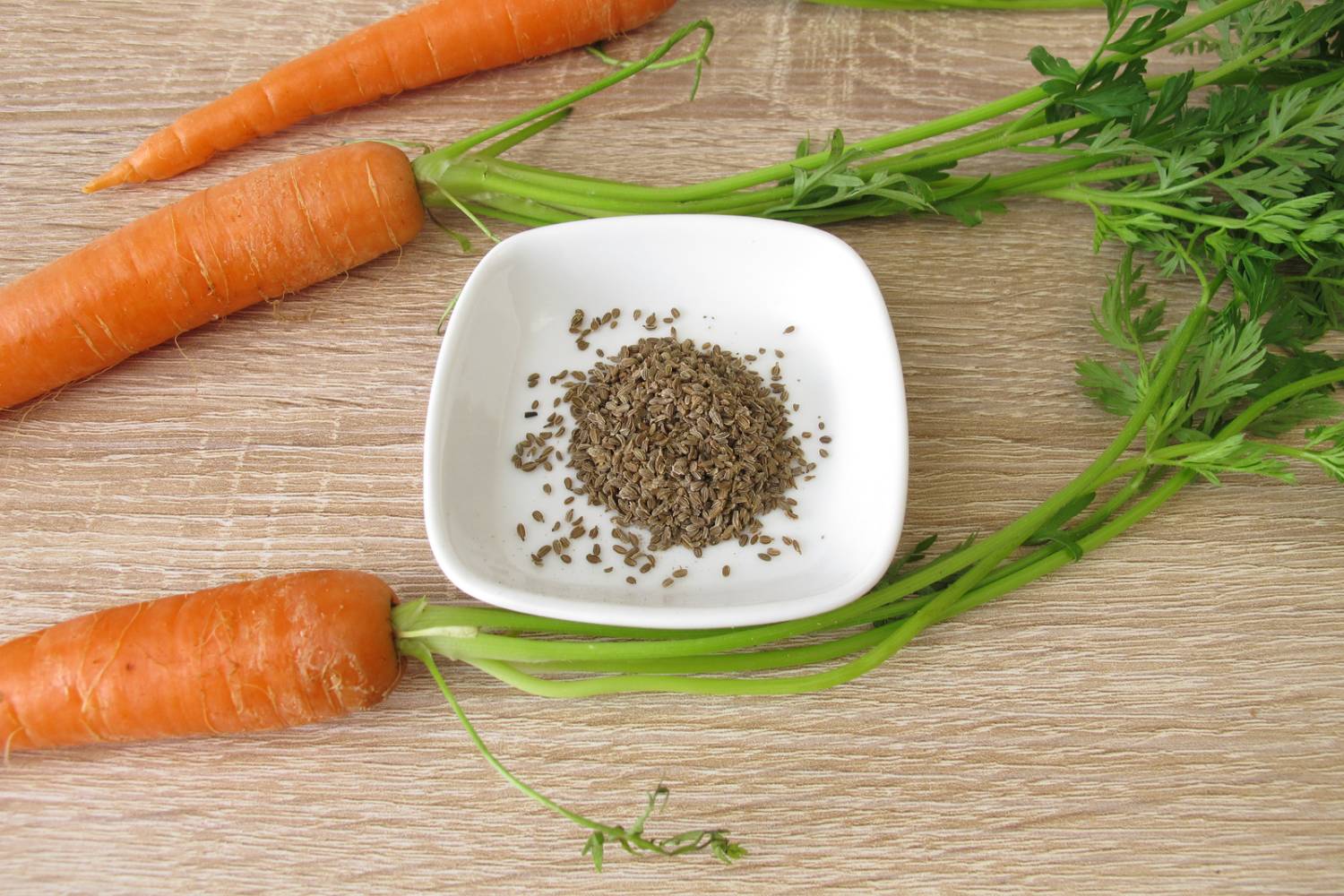
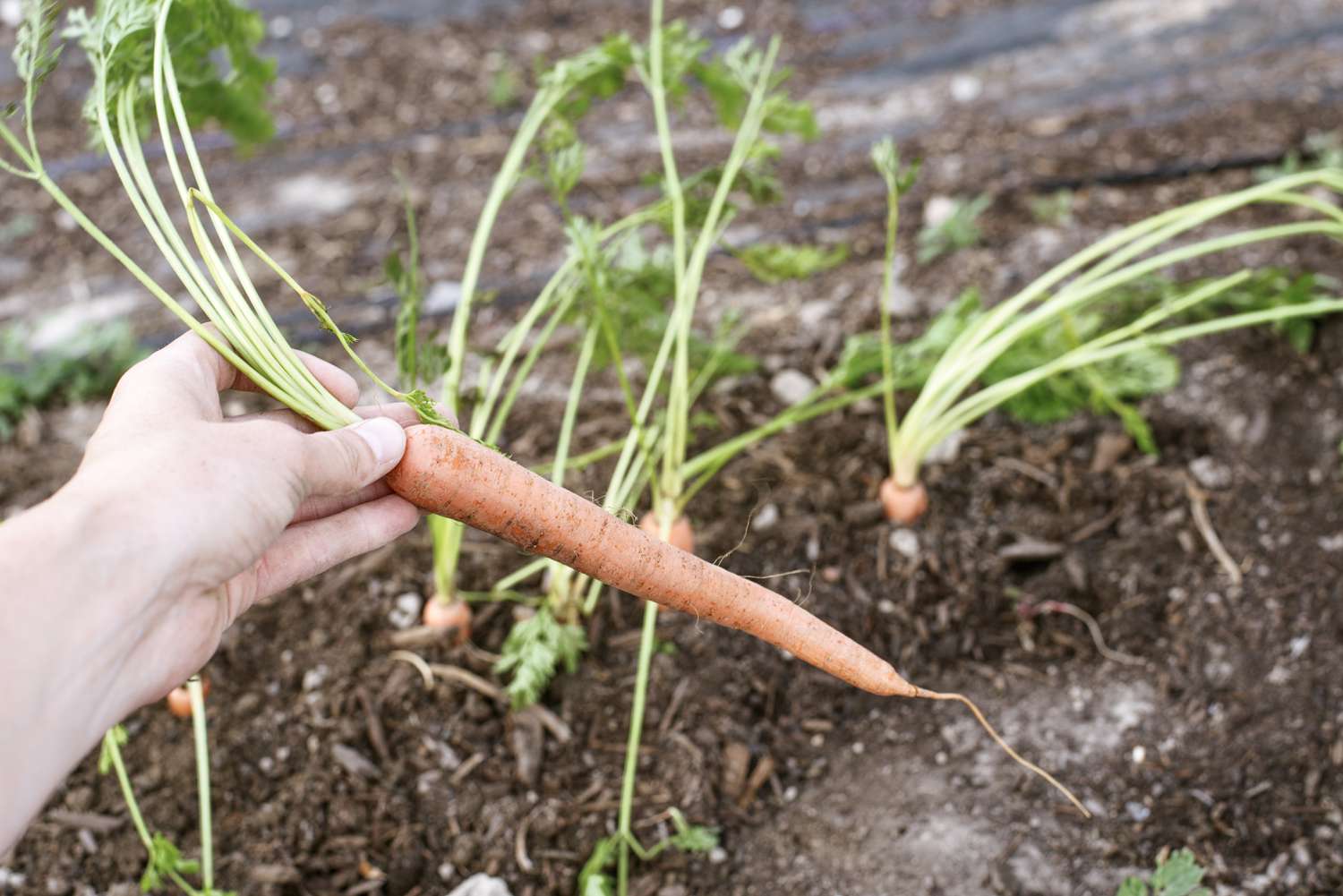
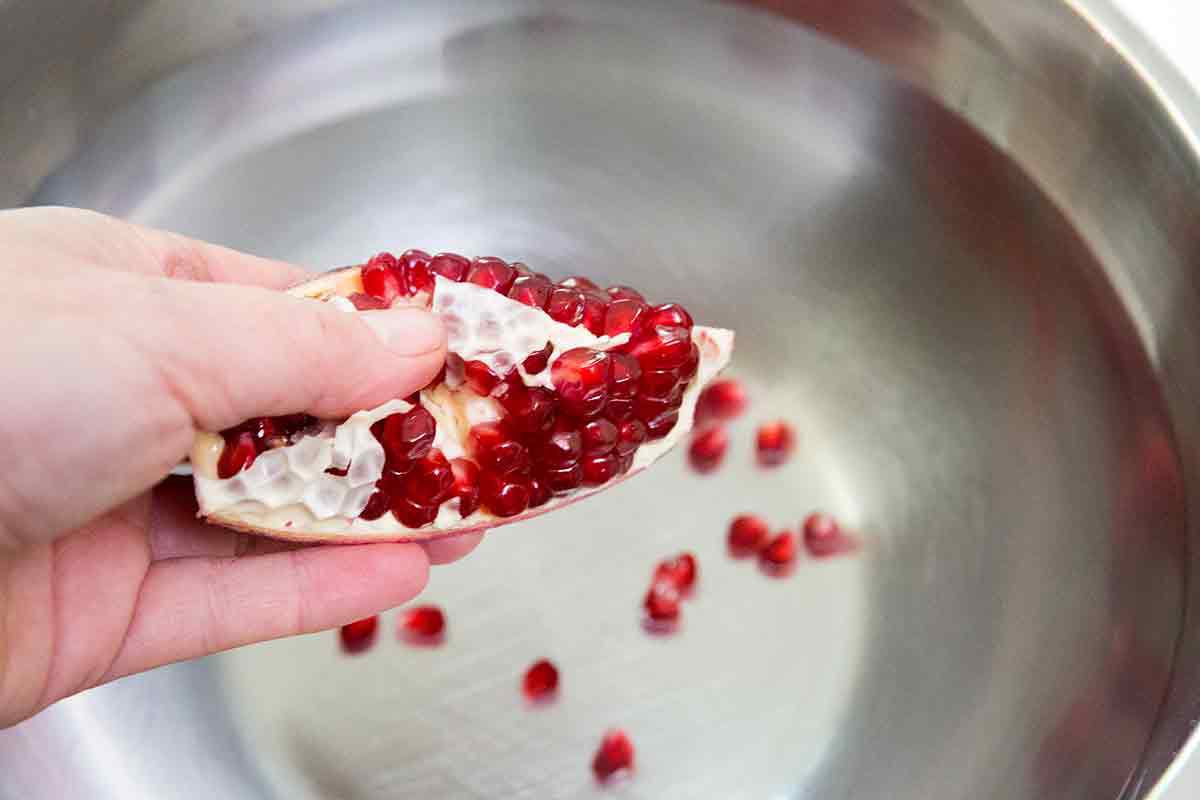
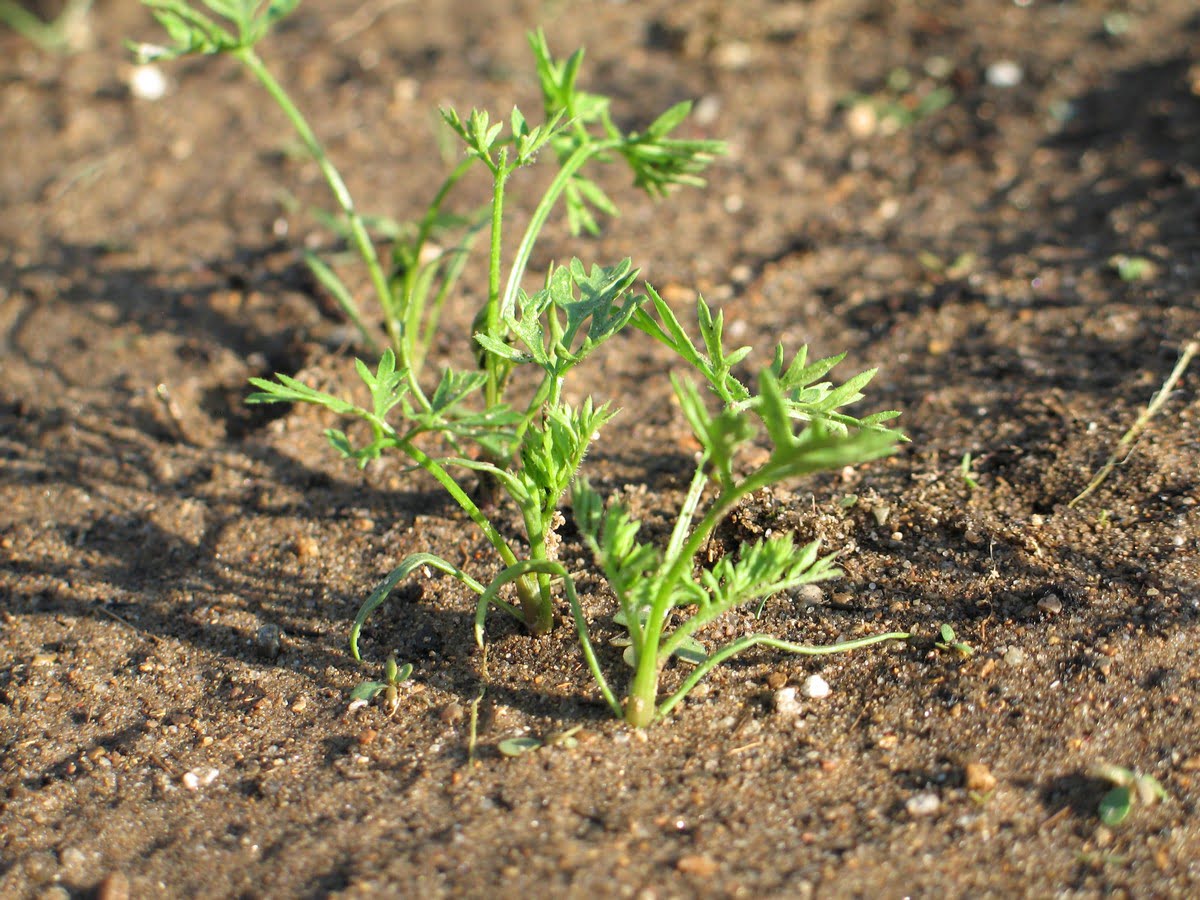
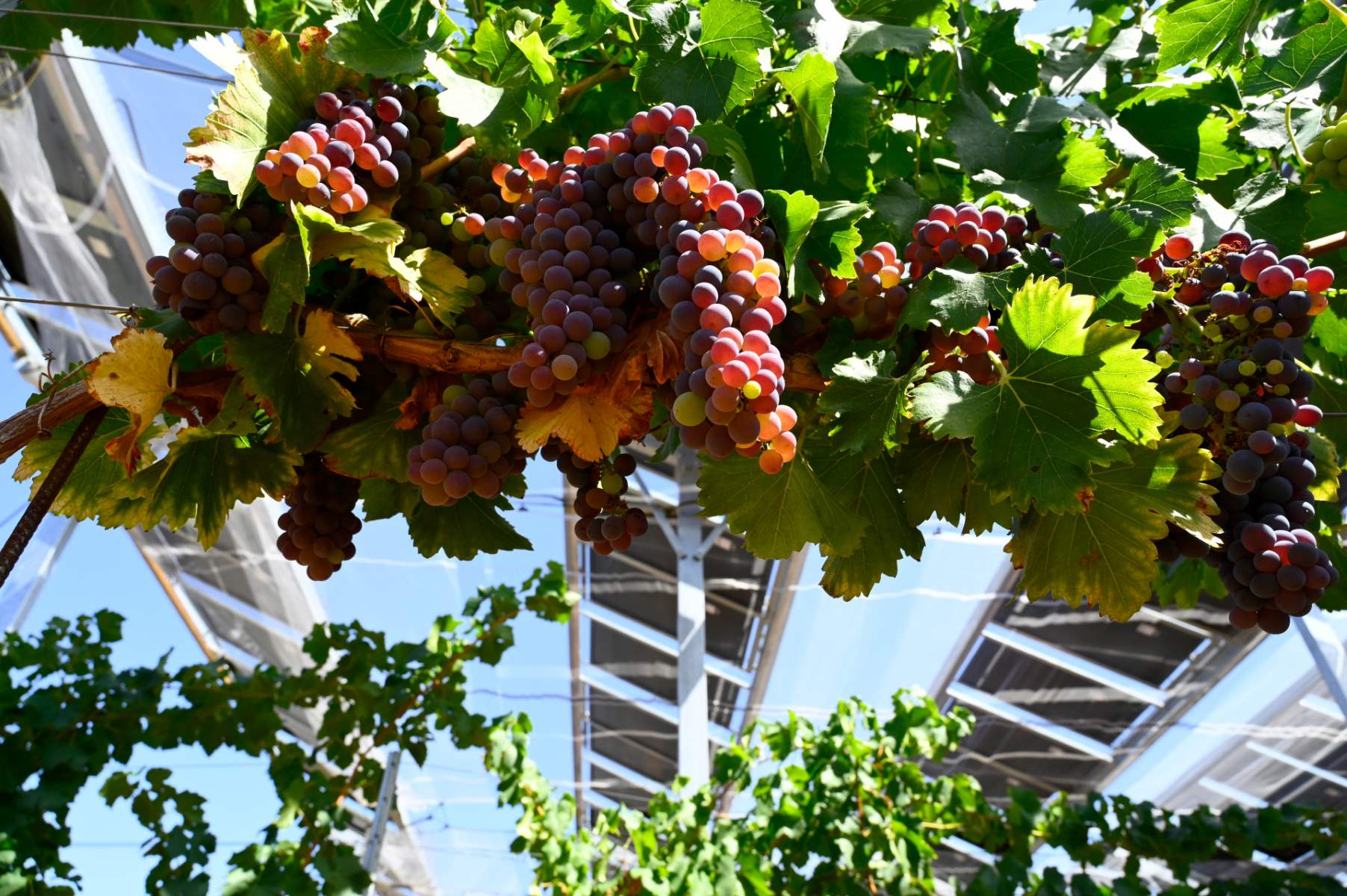
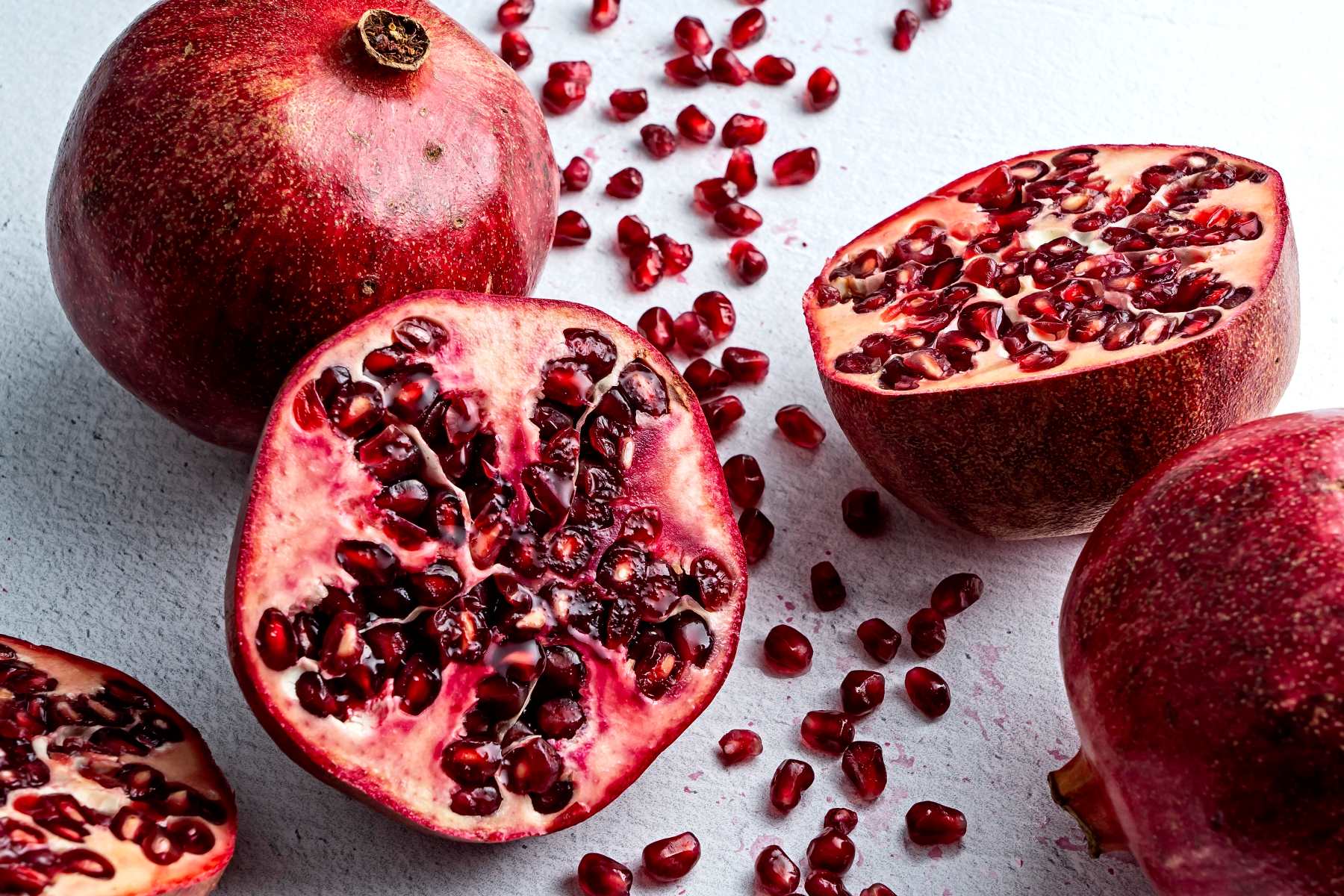
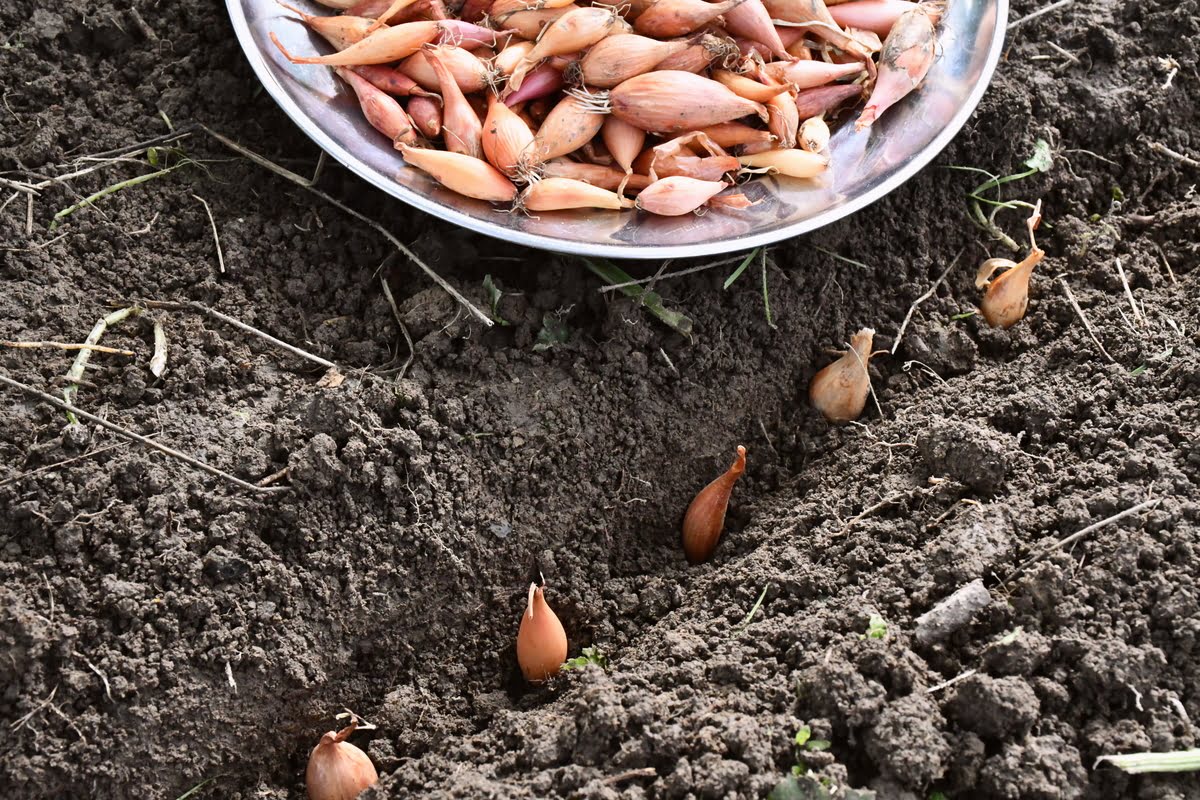
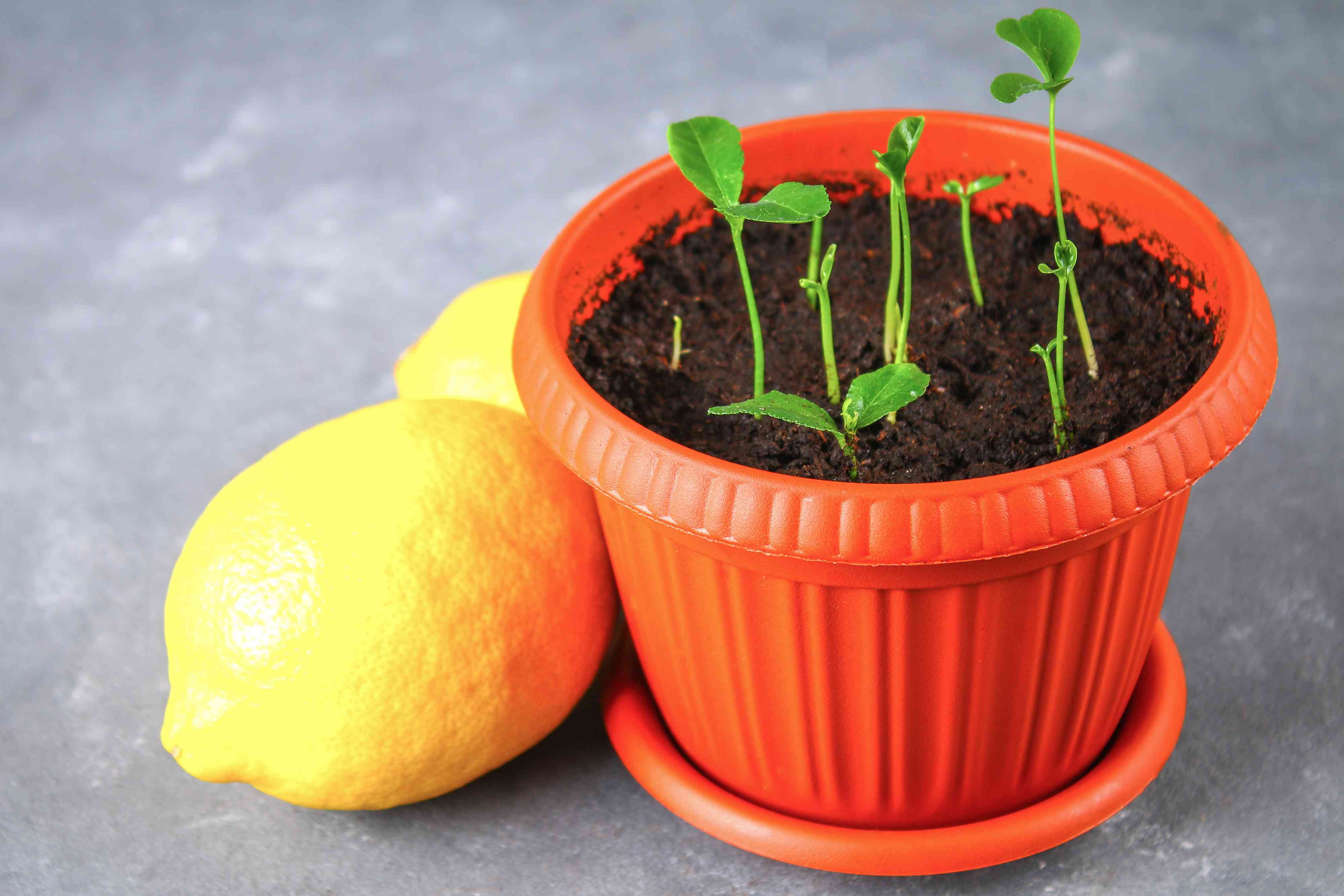
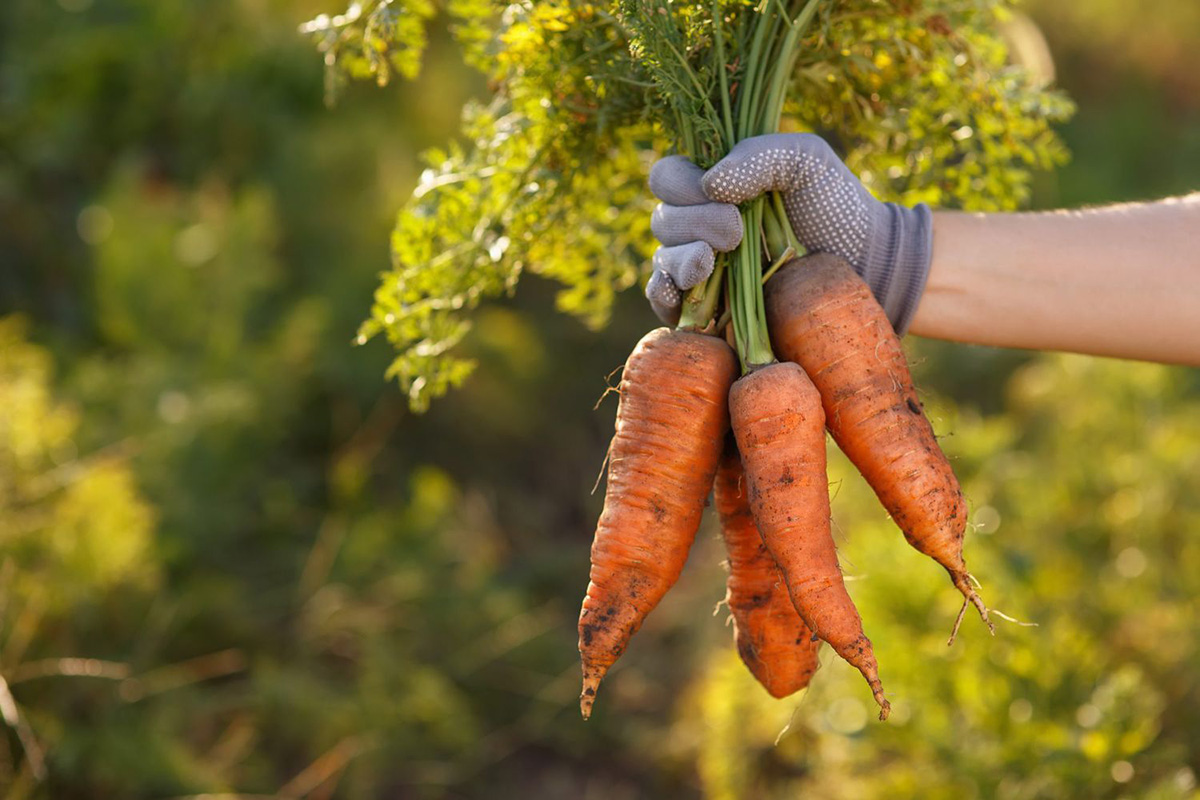
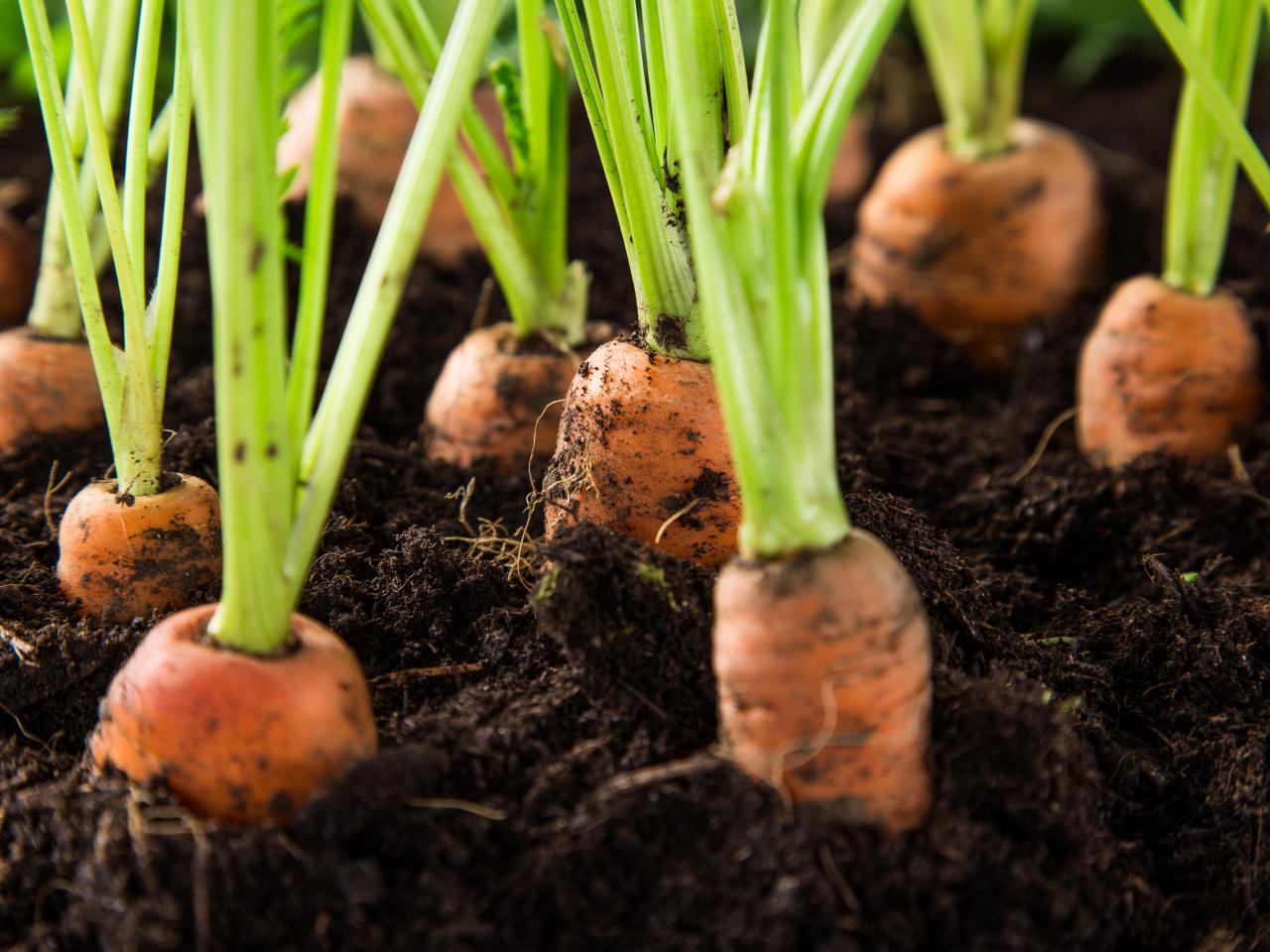
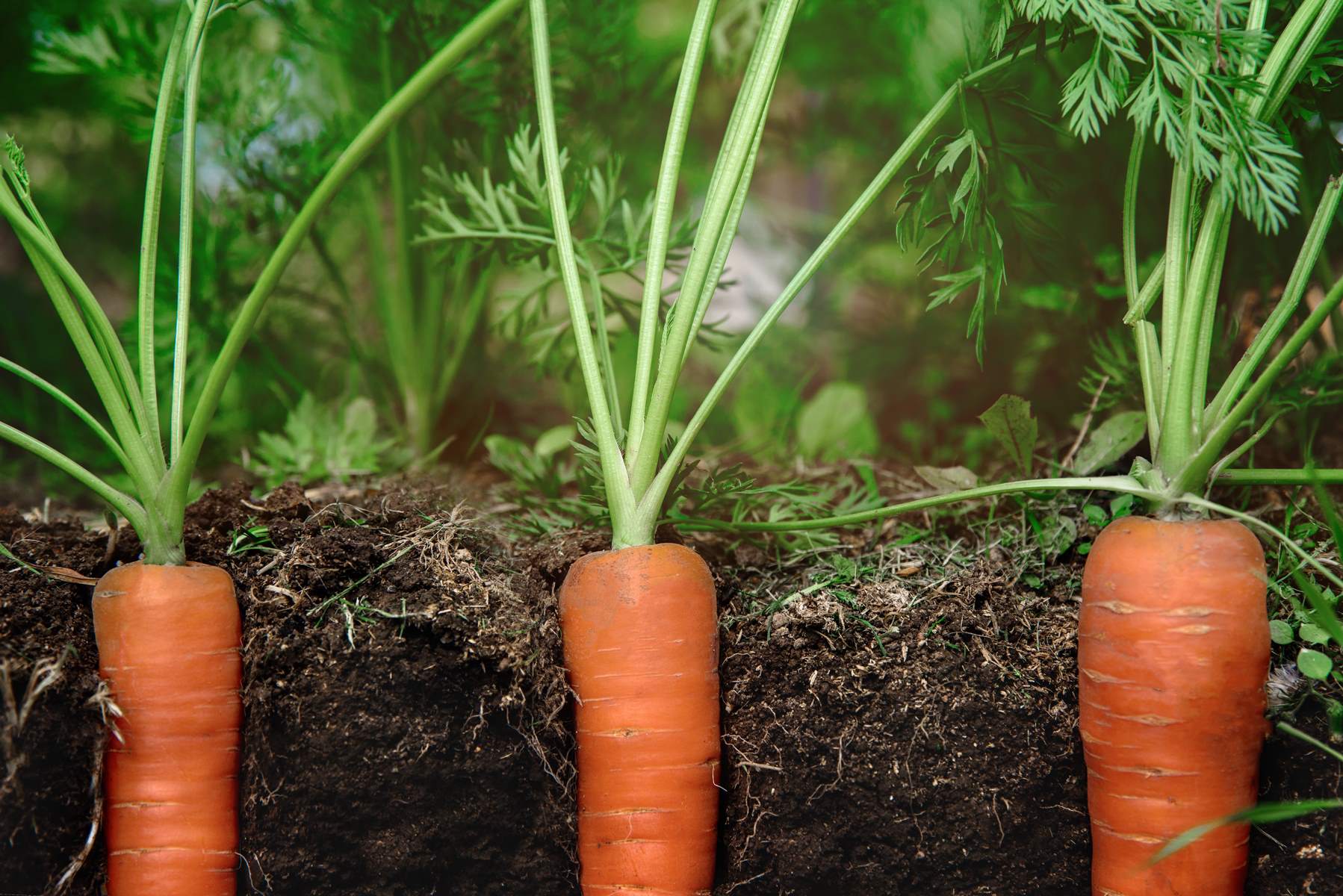
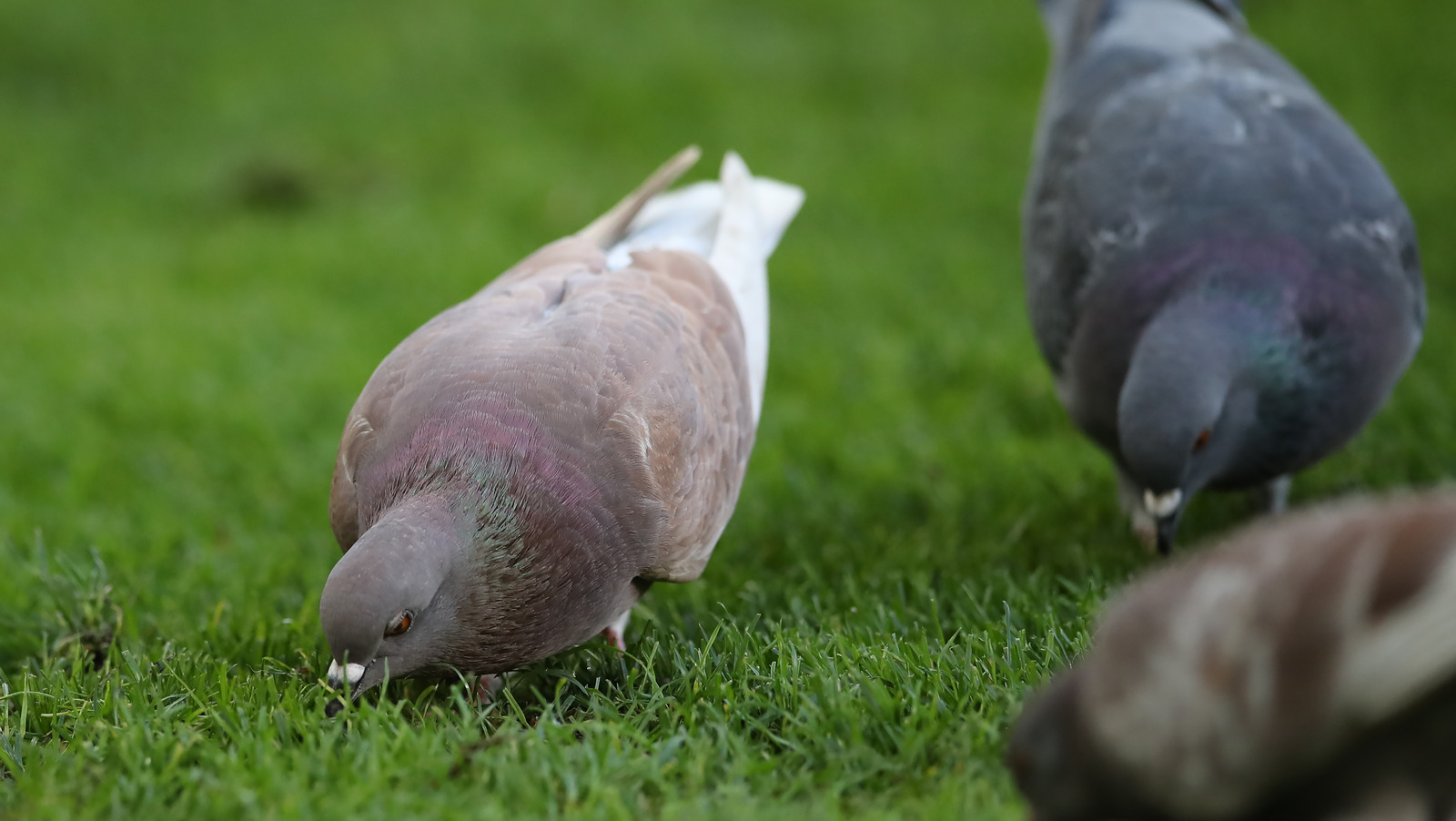

0 thoughts on “How Do You Get Seeds From Carrots”